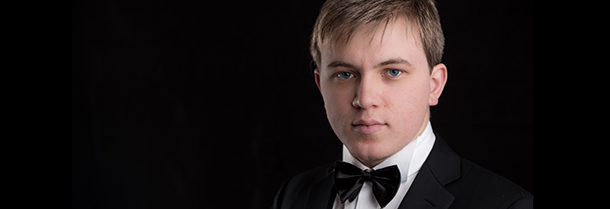Tag: Sonata in C minor Op. 111
-

PROGRAM NOTES: PAUL LEWIS
Beethoven’s Late Piano Sonatas If ever a composer were to be remembered as going out swinging, that composer would be Beethoven. As ‘sunset’ periods go, the blaze of glory that the late piano sonatas and quartets, the Diabelli Variations, the Missa Solemnis and Ninth Symphony lit up in the historical firmament can still be felt…



